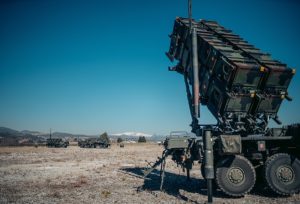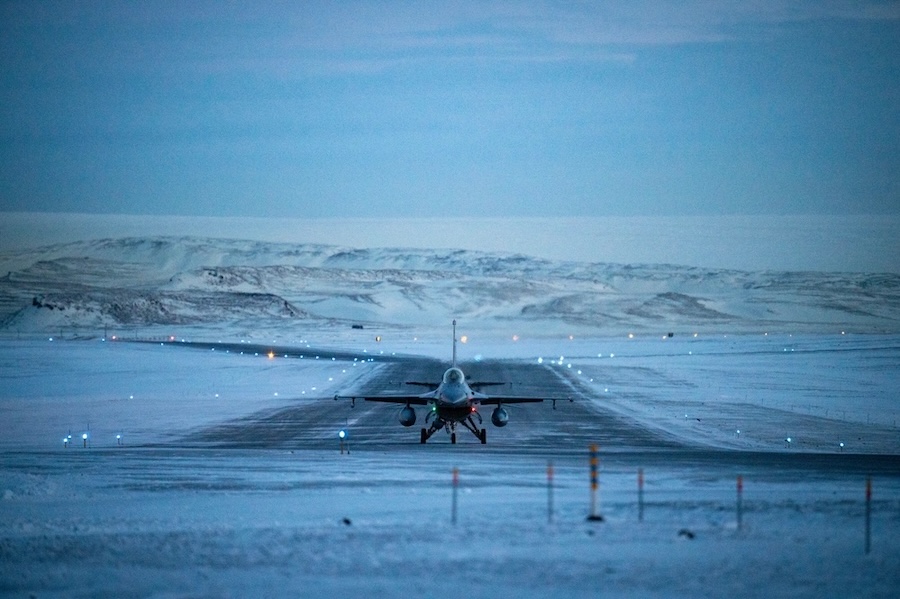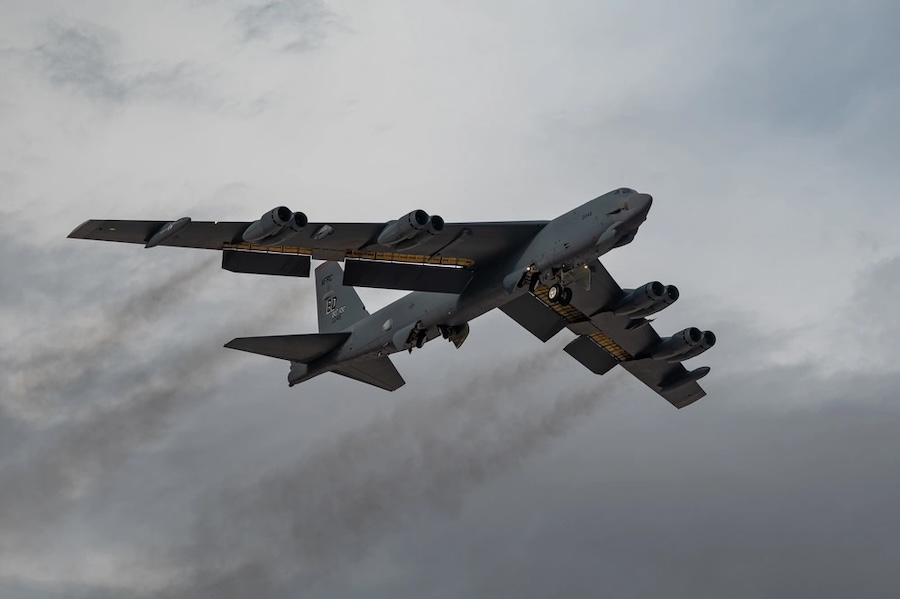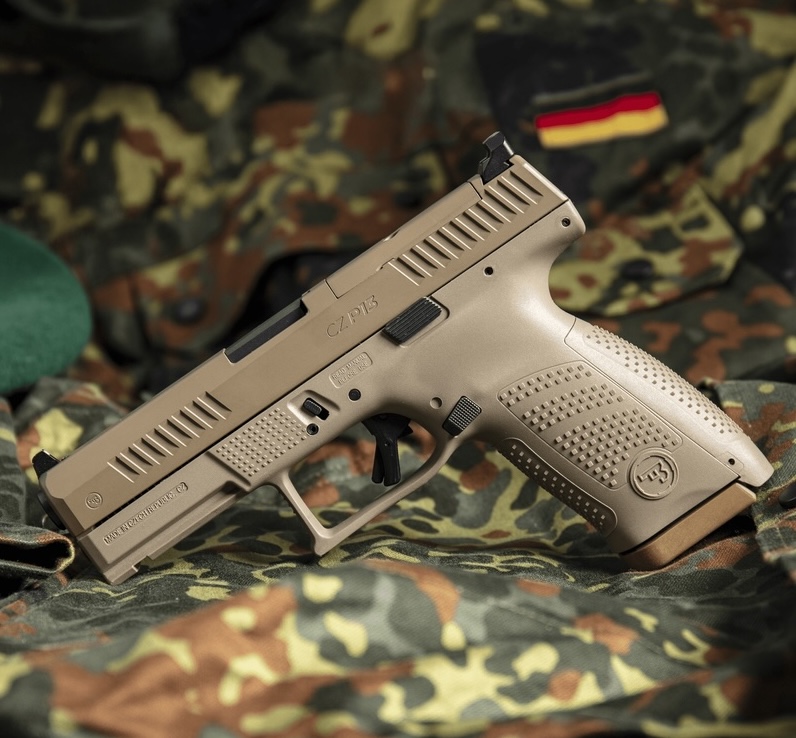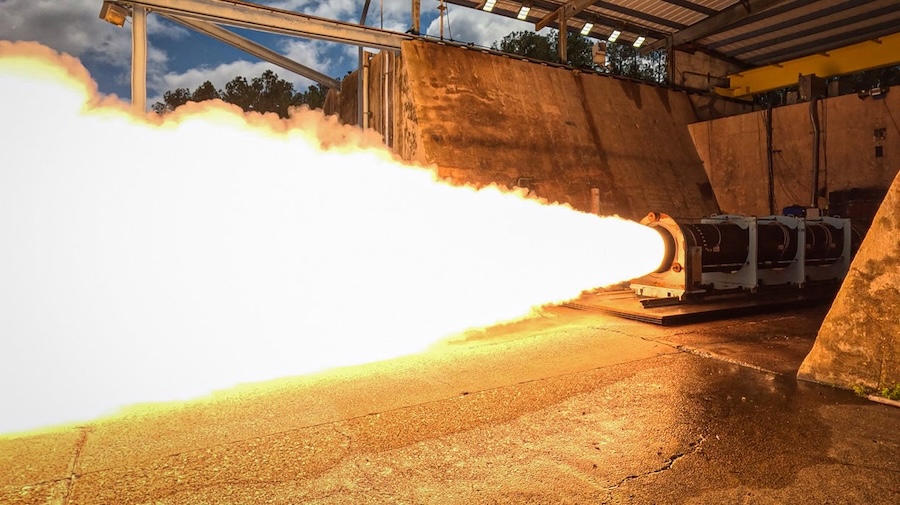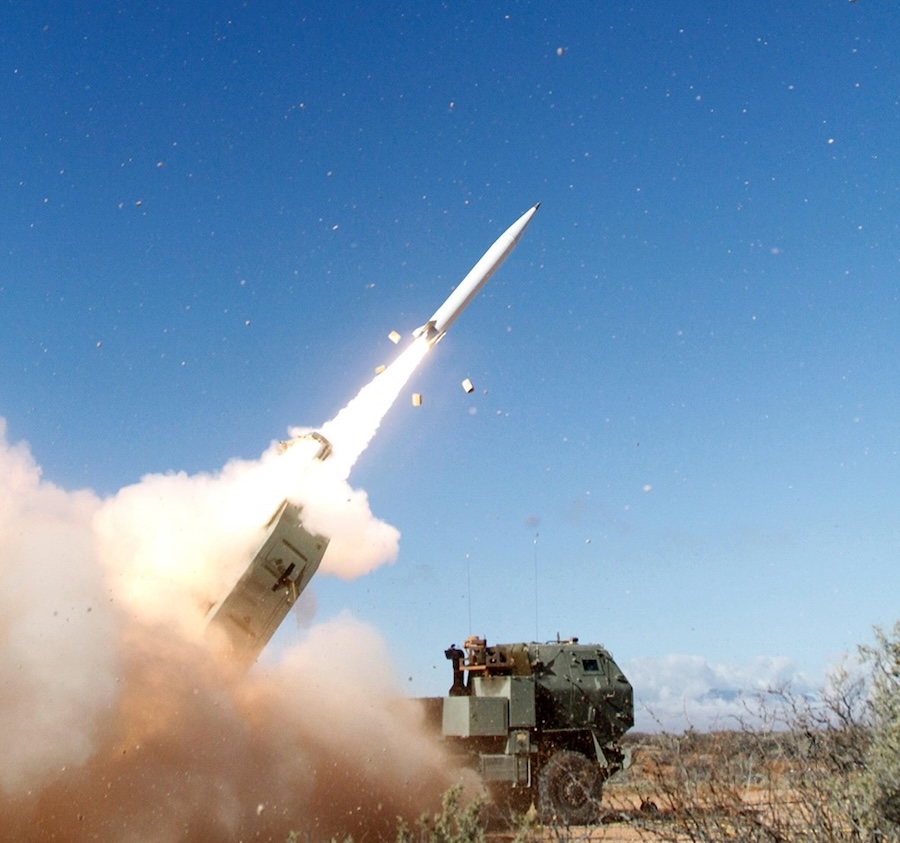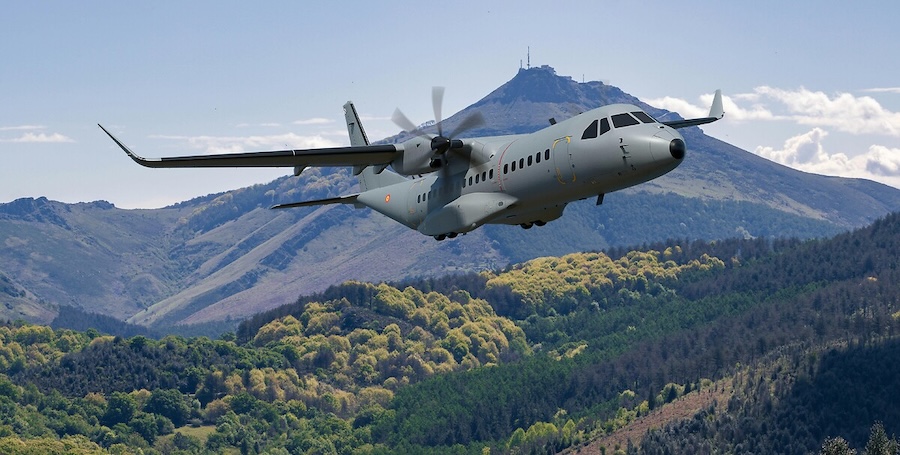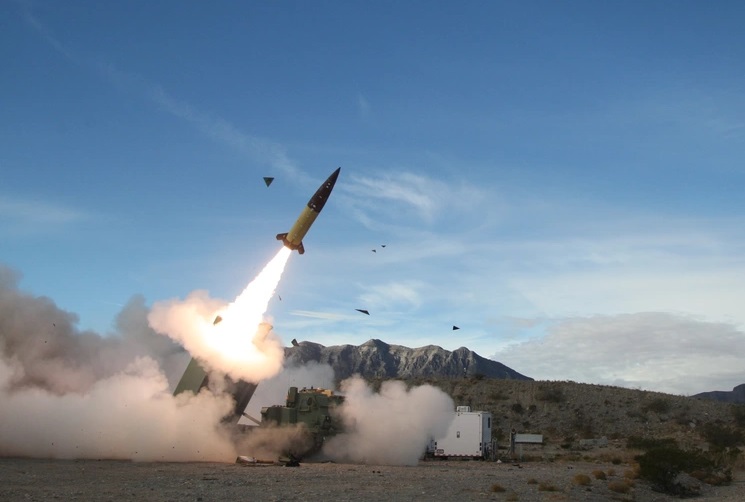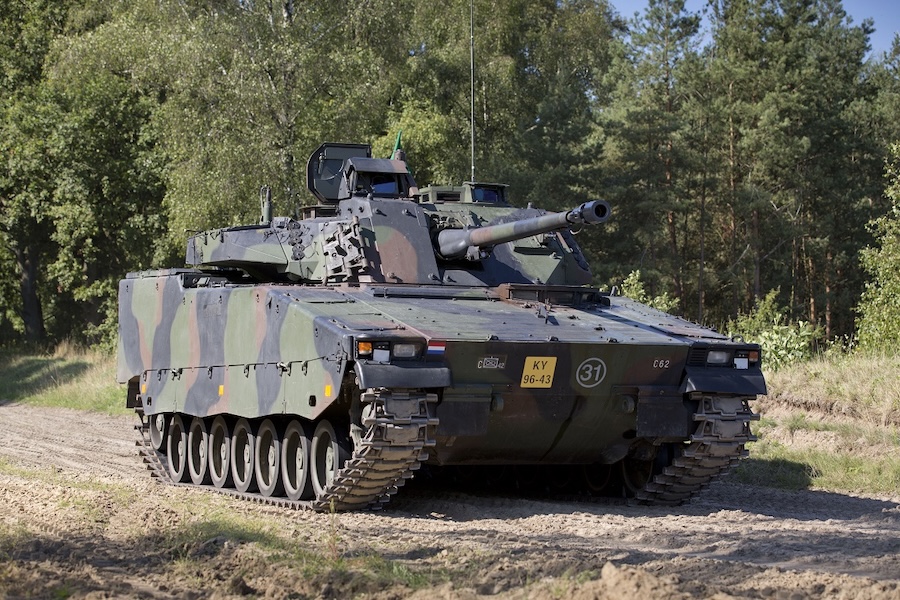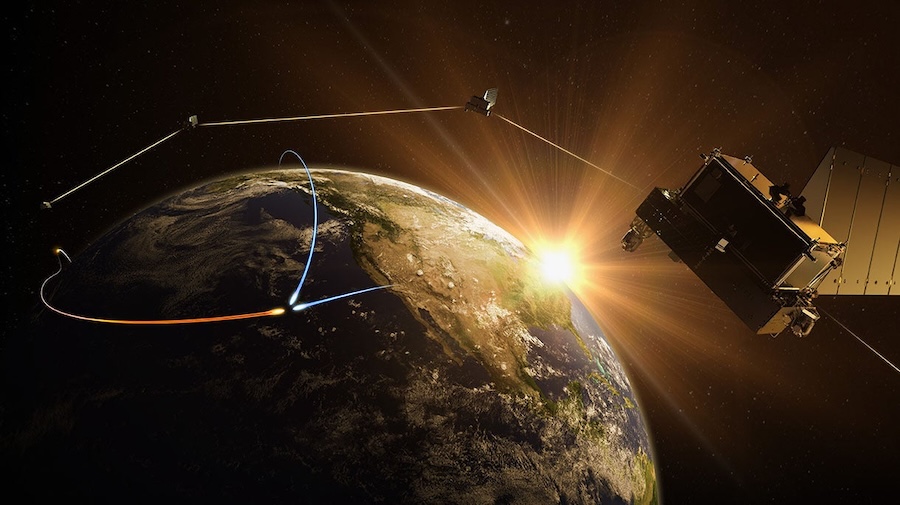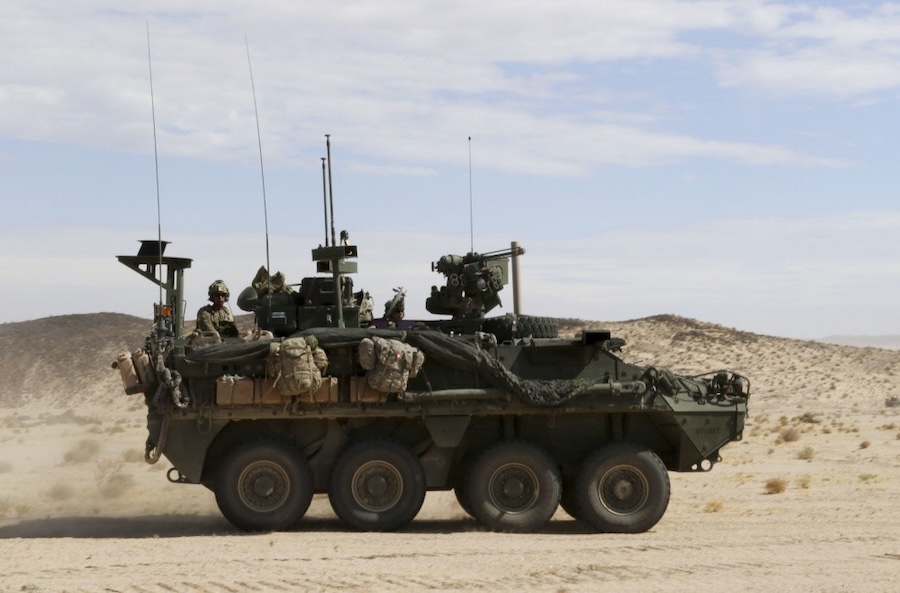The company has been requested to evaluate production levels as high as 2,000 missiles per year to meet growing demand from the US and 16 other nations. Kubik said the demand is “across the board,” with any further increases depending on government funding. He added that the company had anticipated the need and accelerated production growth early to keep ahead of requirements.
The current interceptor model, the PAC-3 Missile Segment Enhanced (MSE), is also undergoing development for a follow-on version known as the Integrated Guidance Subsystem (IGS). This upgrade will miniaturise electronics, allowing for more propellant and an extended range, though Kubik said production of the IGS is still “a couple years away.”
Lockheed Martin is also examining ways to increase production of interceptors for the Terminal High Altitude Area Defense (THAAD) system, which currently stands at 96 units per year. Dawn Golightly, vice president of upper-tier integrated air and missile defence, said the company is leveraging higher output of solid rocket motors from main suppliers L3Harris and Northrop Grumman, while also pursuing additional sources to address concerns over energetics supply.
Rising demand for both Patriot and THAAD systems has been driven in part by recent missile engagements in the Middle East. These include Iranian and Houthi attacks on US, Israeli and partner targets, and notably the June 2025 intercept of Iranian missiles — the largest THAAD intercept in the system’s history. Kubik and Golightly noted that lessons from these incidents are being applied to future system updates, though they did not disclose details.
Source: Aviation Week.









